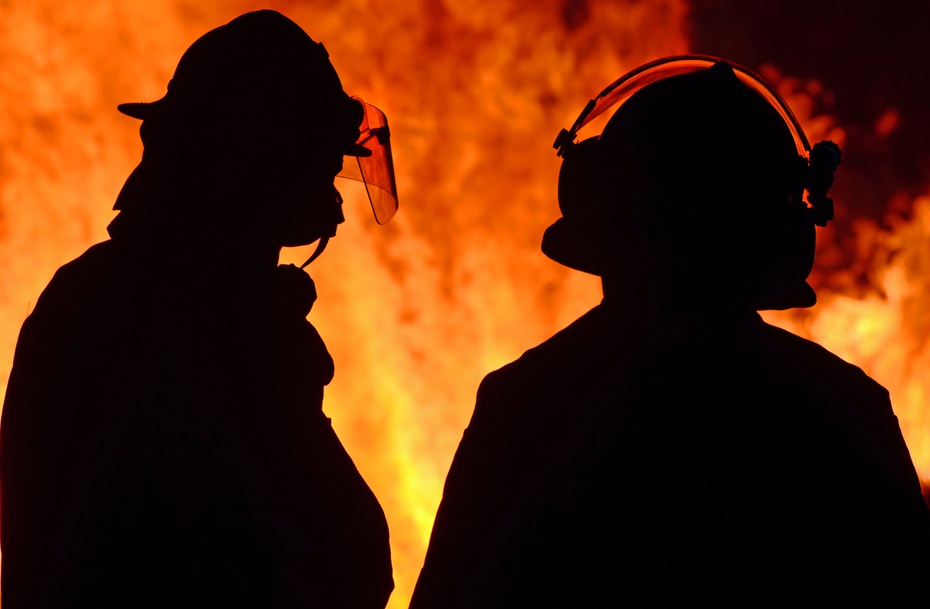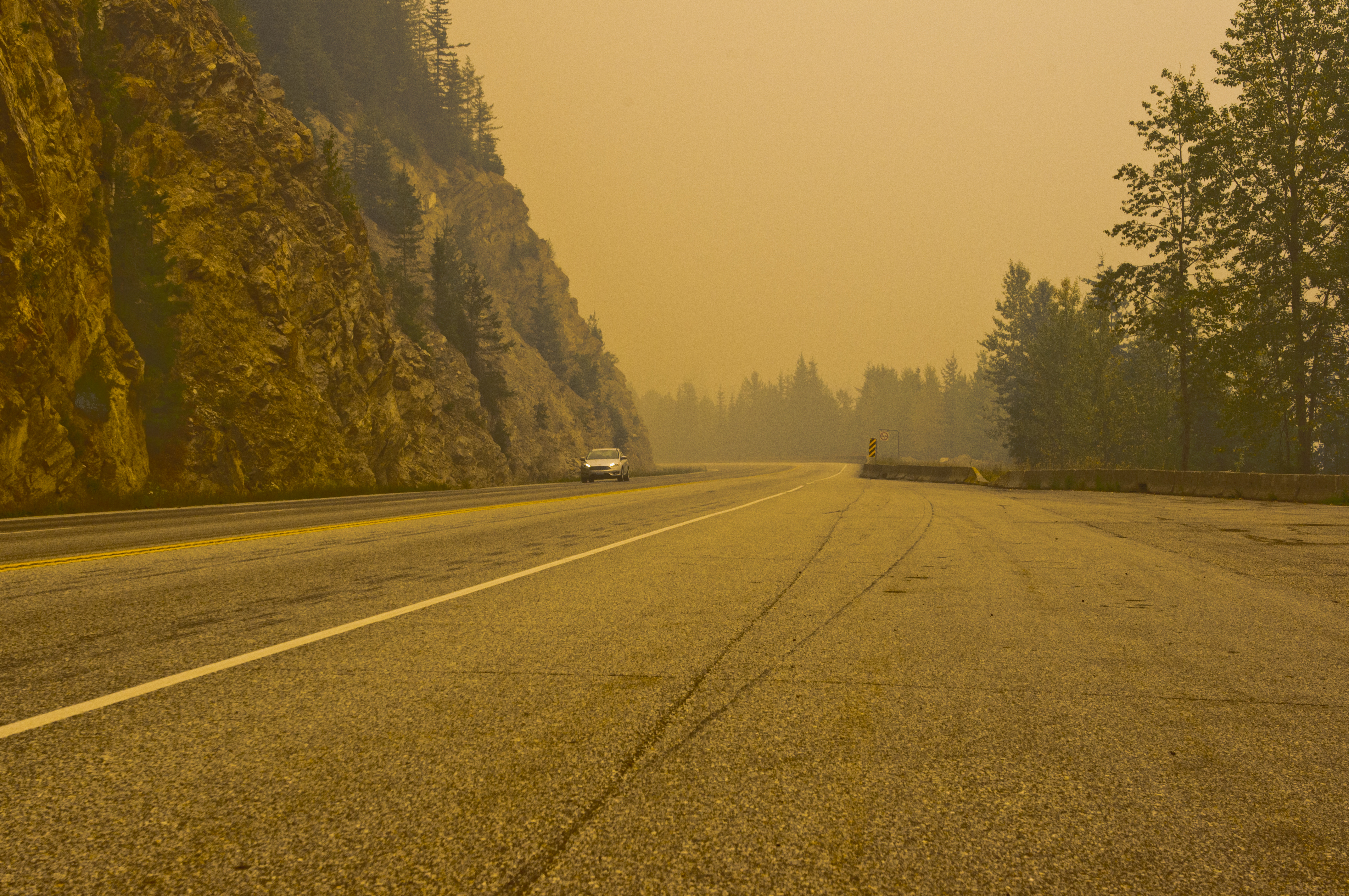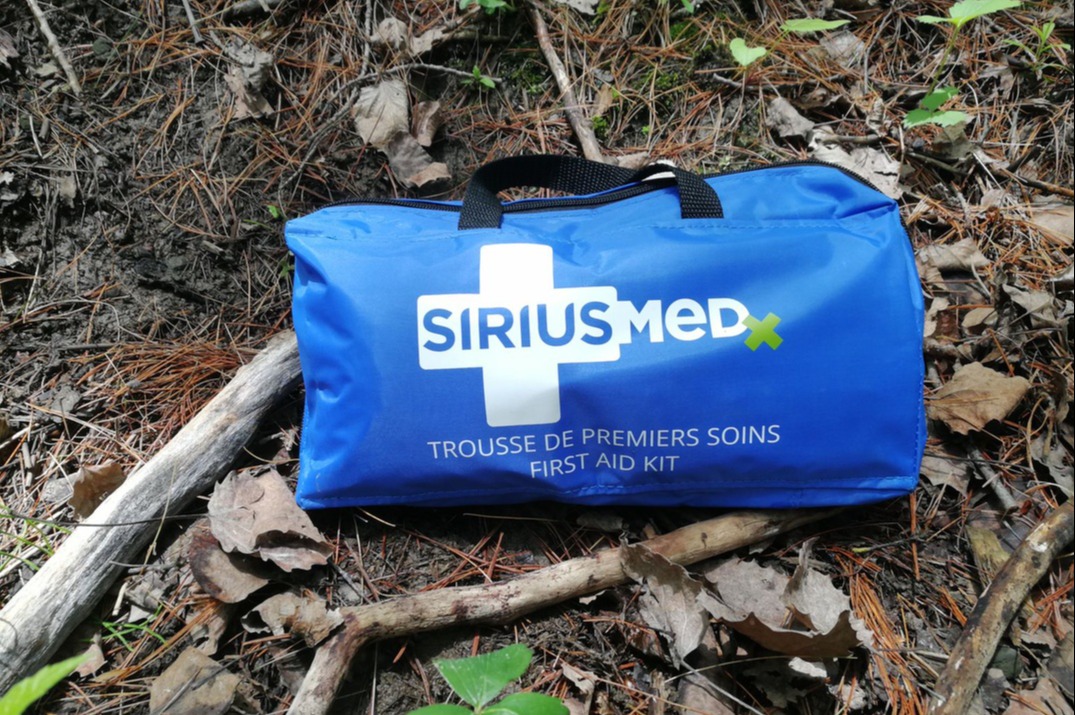Safeguarding the health and safety of workers in forestry environments or outdoor sites exposed to second-hand smoke from forest fires is a paramount priority for project managers and organizations in this sector. As Canada and Quebec grapple with a rise in forest fires, exacerbated by climate change, second-hand smoke poses a significant health risk to these workers. Consequently, it's crucial to establish a plan for managing episodes of poor air quality. This should be accomplished in close collaboration with health organizations, aiming to minimize risks and guarantee a safe and healthy working environment.
Smoke from forest fires contains a variety of air pollutants, such as fine particles, volatile organic compounds, and toxic substances. Prolonged exposure to these pollutants can have harmful effects on workers' health, including respiratory problems, eye irritation, coughing, headaches, and breathing difficulties. Forestry workers, who are often directly exposed to smoke for long hours, are particularly vulnerable to these effects.
In response to this situation, it is imperative that project managers and organizations operating in forestry work closely with health organizations, both at the regional and national level. These partnerships enable the establishment of effective policies to protect the health of workers exposed to smoke from forest fires. Health organizations can provide expert advice, guidelines on acceptable exposure levels, as well as recommendations on the use of suitable personal protective equipment (PPE).
"A management plan for episodes of poor air quality in forestry environments must include several essential components. First, it is crucial to conduct a risk assessment to determine potential exposure levels and appropriate control measures. Then, raising awareness and training workers on the dangers of smoke from forest fires, as well as the protective measures to be taken, must be prioritized.
Additionally, the proper use of PPE, such as suitable respiratory masks, is indispensable for reducing exposure to air pollutants. Lastly, regular communication with workers, local authorities, and health organizations is vital to keep up with updates on weather conditions, pollution levels, and safety recommendations.
In conclusion, managing episodes of poor air quality in forestry environments amidst increasingly frequent and intense forest fires is of paramount importance for preserving the health and safety of workers. Working closely with health organizations such as SIRIUSMEDx allows for the implementation of effective policies tailored to the realities of exposure risks to smoke from forest fires. By protecting the health of workers, we also preserve the productivity and wellbeing of those who contribute to the management of our forest resources, while tackling the challenges of climate change.
Marc Gosselin MD Medical Director SIRIUSMEDx

